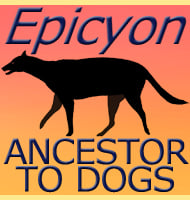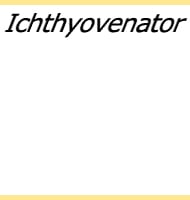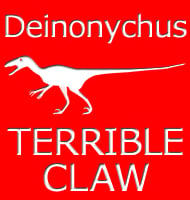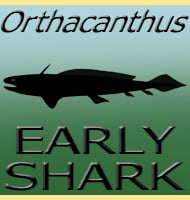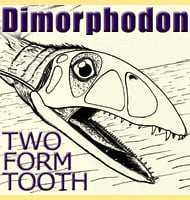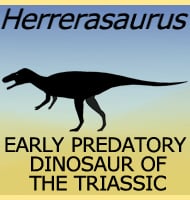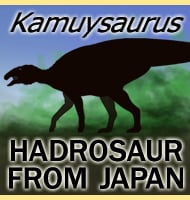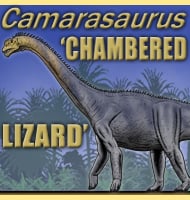In Depth
Geikia is a genus of dicynodont known to have lived during the latest stage of the Permian. Like other dicynodonts Geikia would have been a plant eater with two prominent tusks projecting down from the upper jaw.
Further Reading
- On some New Reptiles from the Elgin Sandstones. - Transactions of the Royal Society of London, Series B, Biological Sciences 184:431-503. - E. T. Newton - 1893 – The morphology, affinities, and age of the dicynodont reptile Geikia elginensis, by Timothy Rowe. – In. Aspects of Vertebrate History. Museum of Northern Arizona Press. pp. 269–294. – E. L. Jacobs(ed.). – 1980. – Remarks on the genus Geikia Newton, 1893, and its relationships with other dicynodonts: (Reptilia: Therapsida). – Transactions of the Geological Society of South Africa. 87 (1): 35–39. – Arthur R.I. Cruickshank – 1984. – Reappraisal of Geikia locusticeps (therapsida: Dicynodontia) from the Upper Permian of Tanzania. – Palaeontology. 48 (2): 309–324. – Michael W. Maisch & Eva V. I. Gebauer – 2005.- Tetrapod fauna of lowermost Usili Formation (Songea Group, Ruhuhu Basin) of southern Tanzania, with a new burnetiid record. – Journal of Vertebrate Paleontology. 30 (3): 696–703. – Christian A. Sidor, Kenneth D. Angielczyk, D. Marie Weide, Roger M. H. Smith, Sterling J. Nesbitt & Linda A. Tsuji – 2010.

